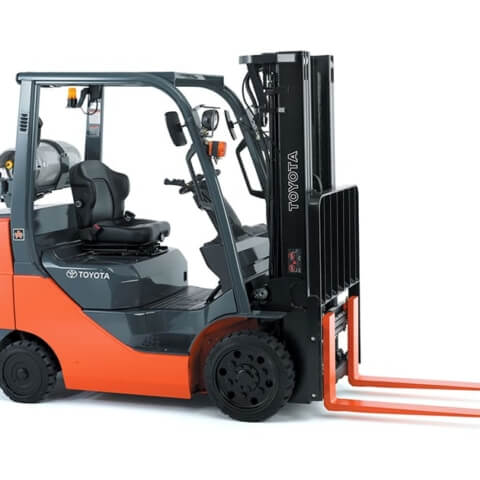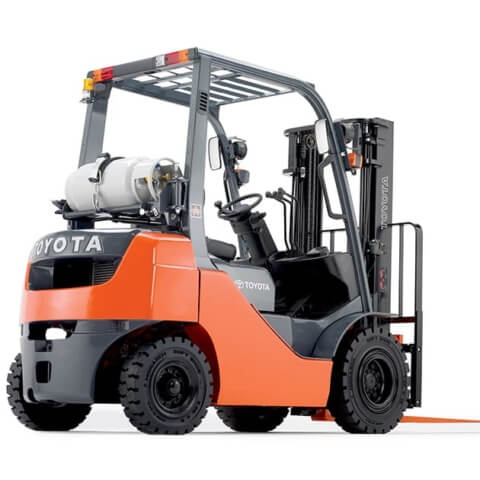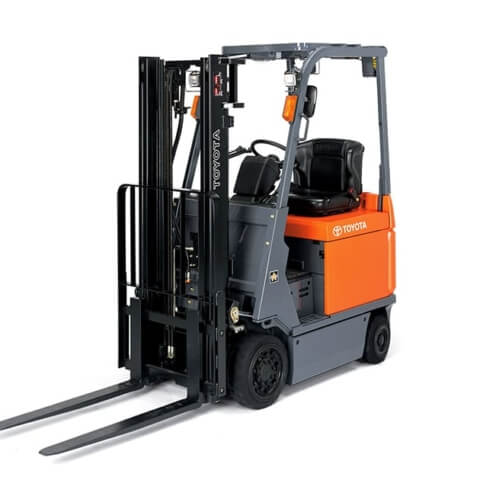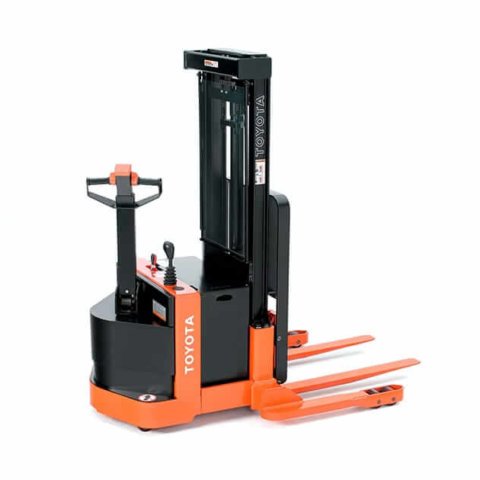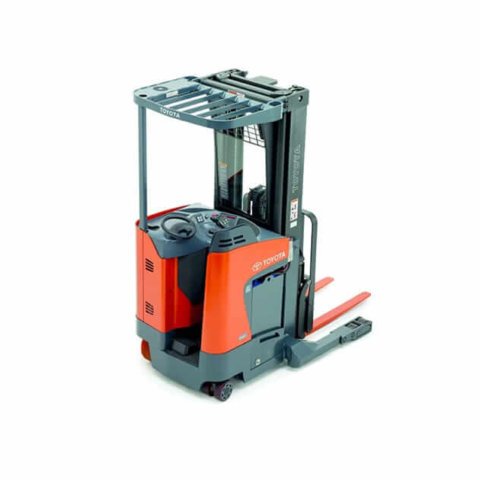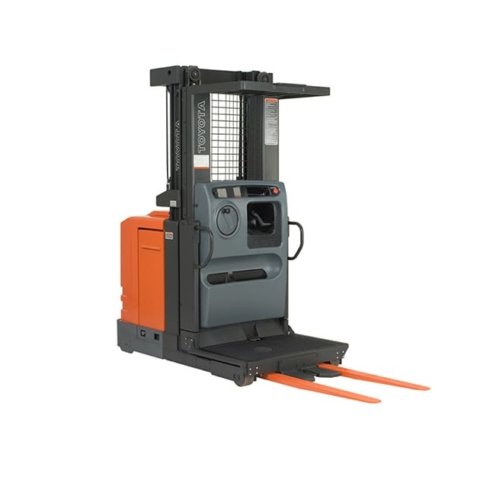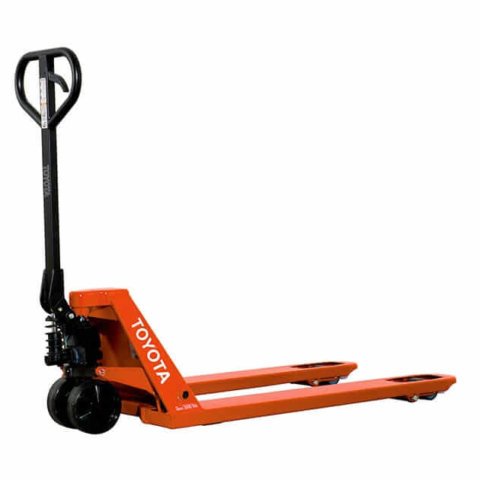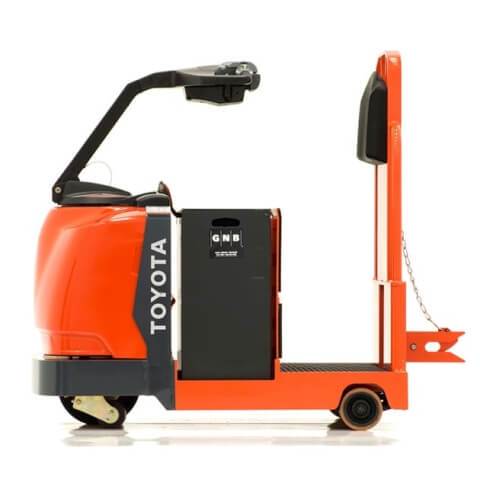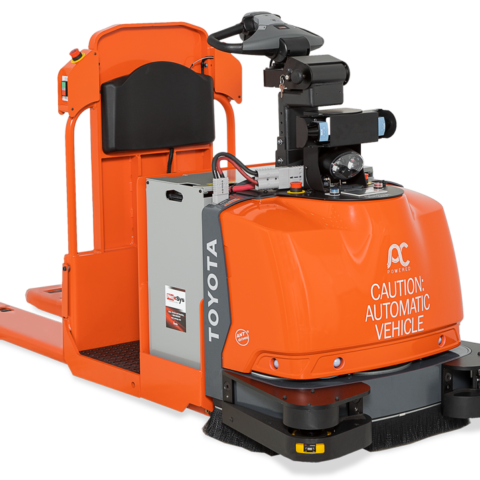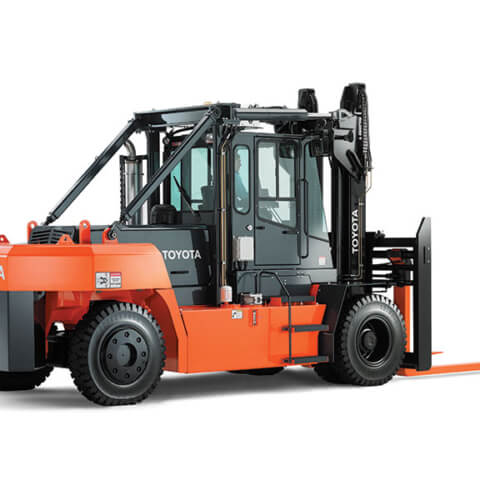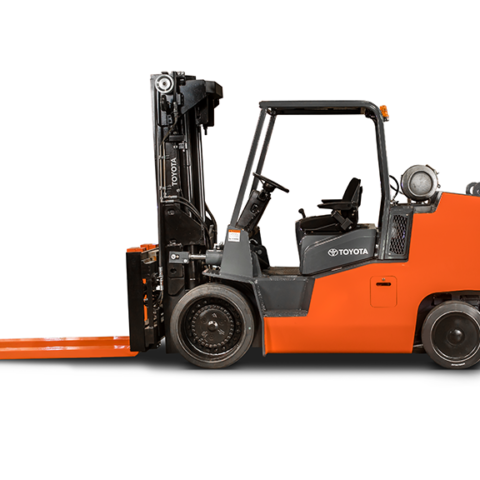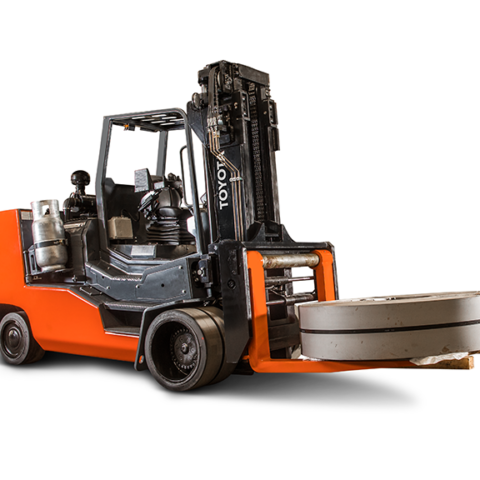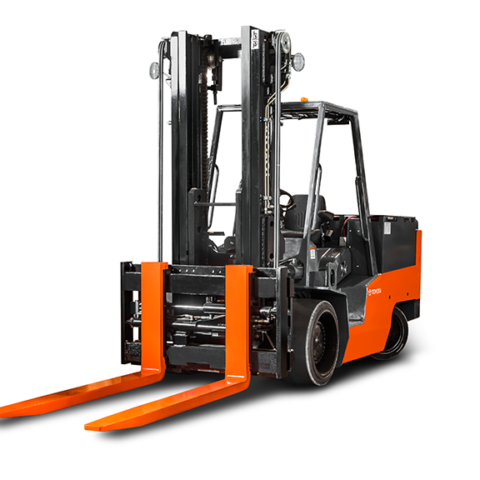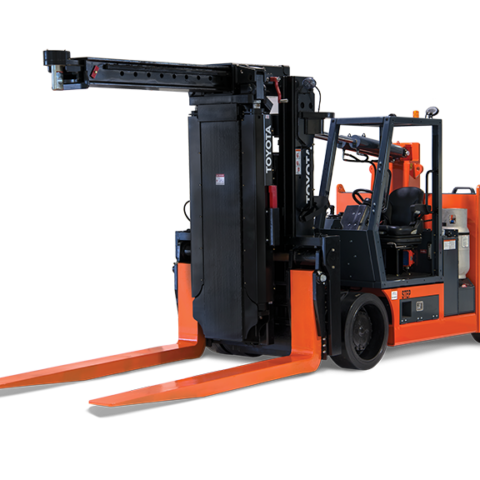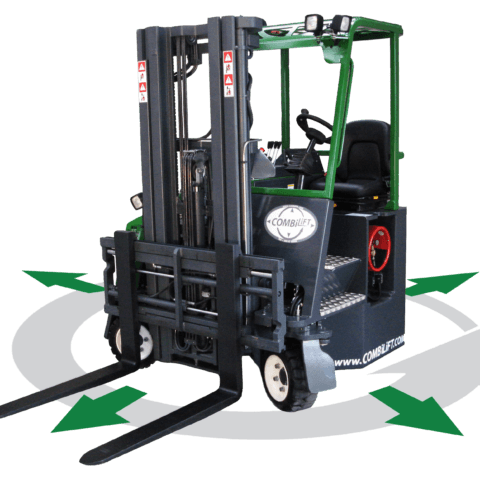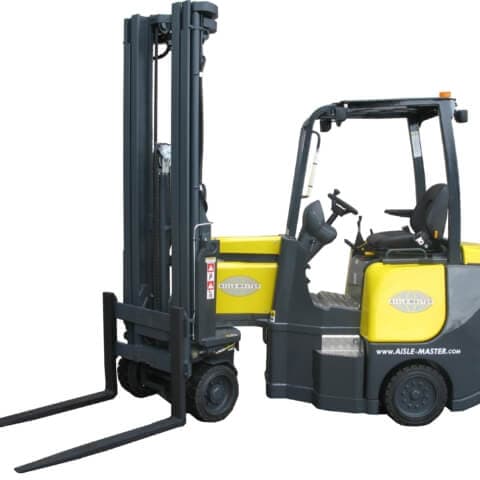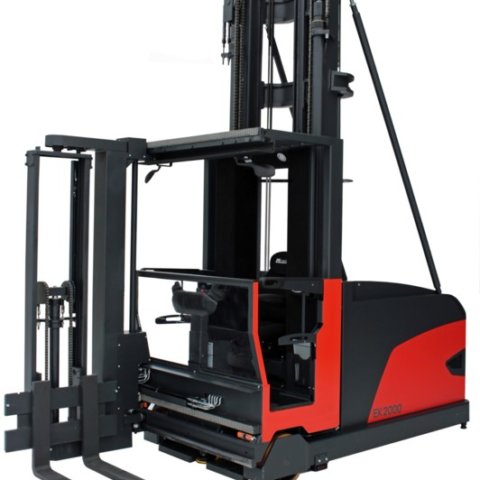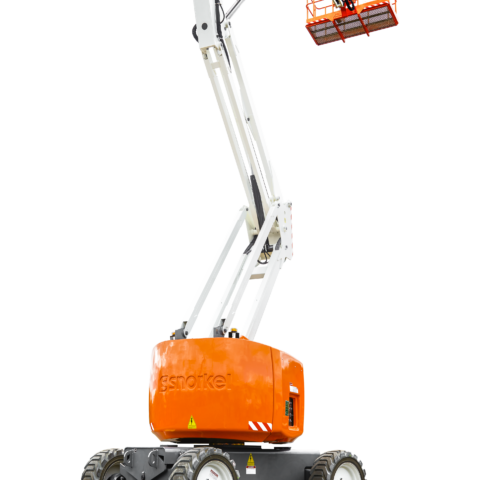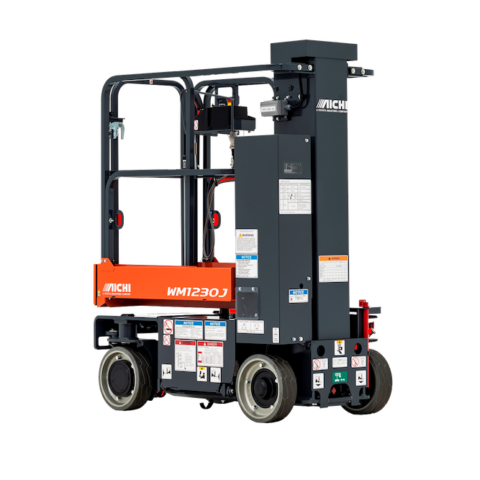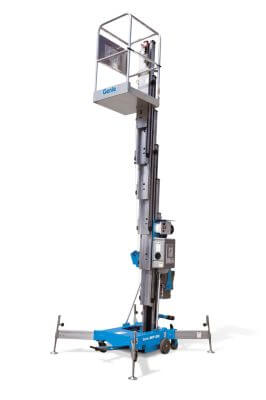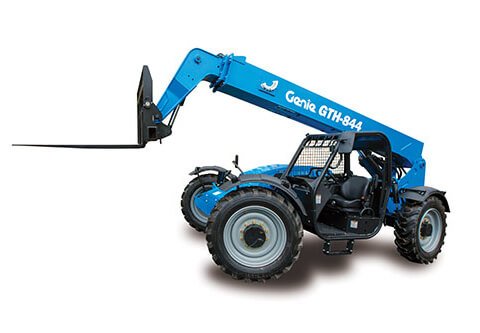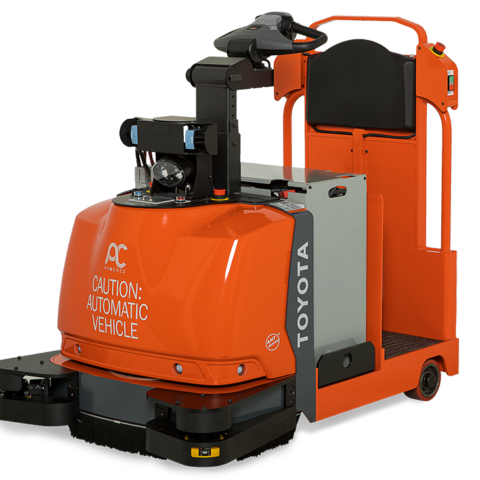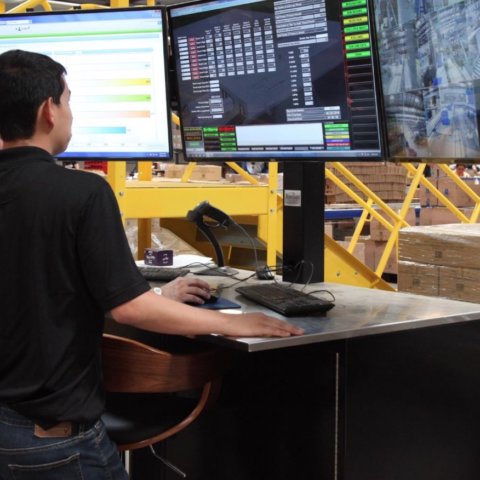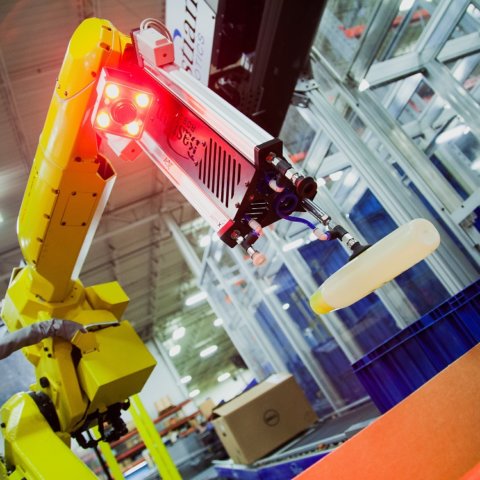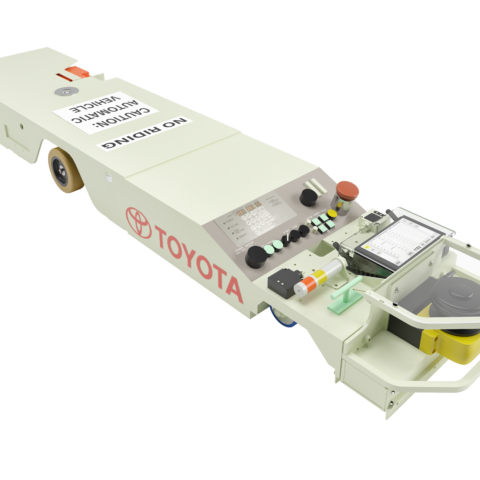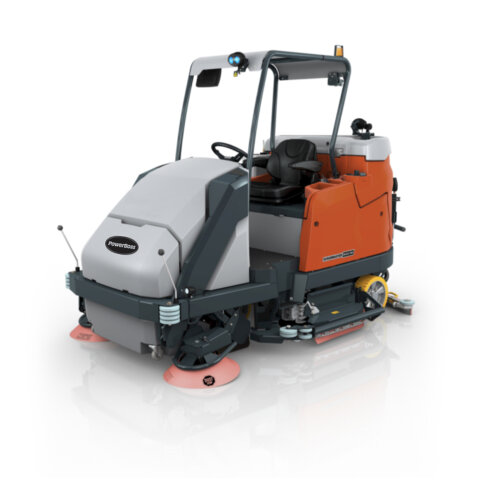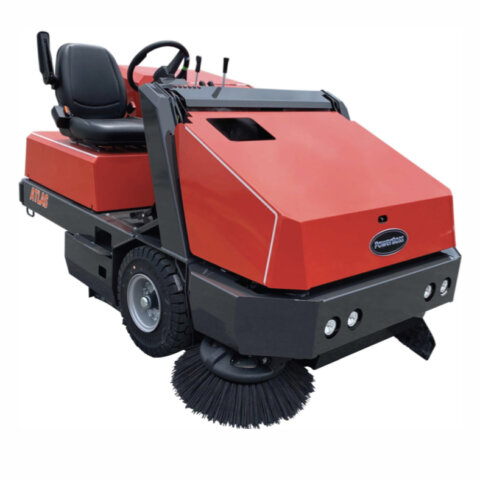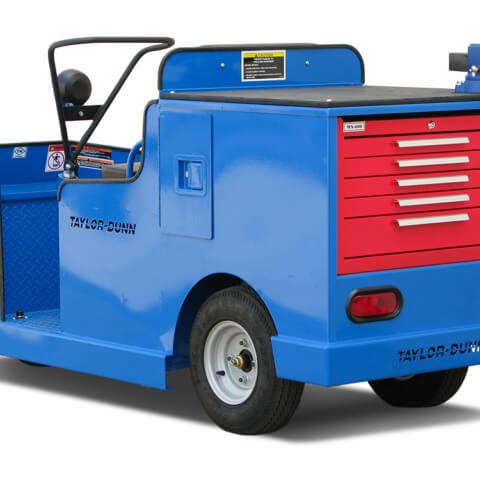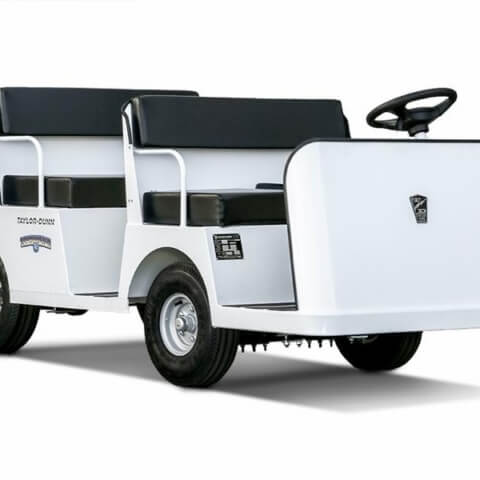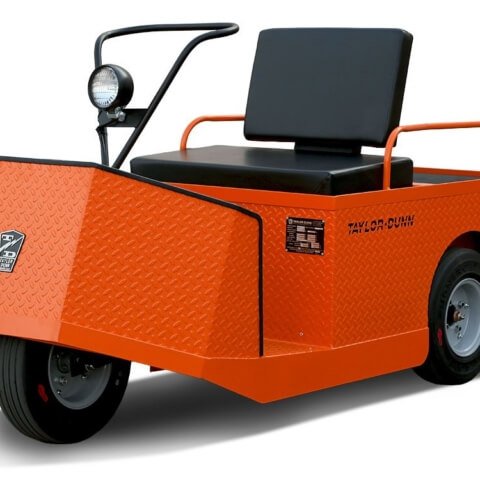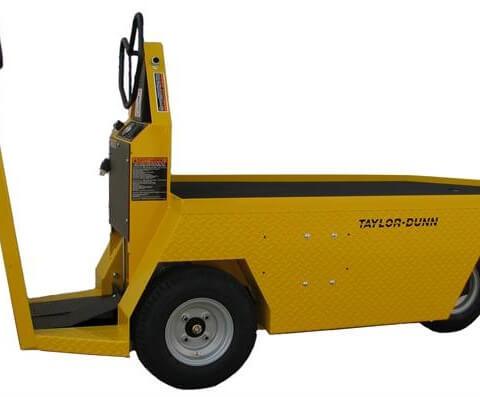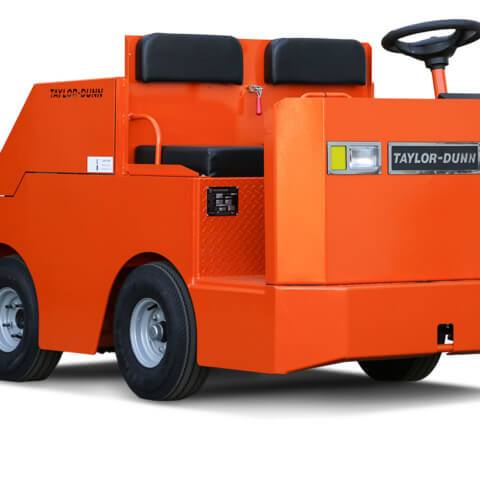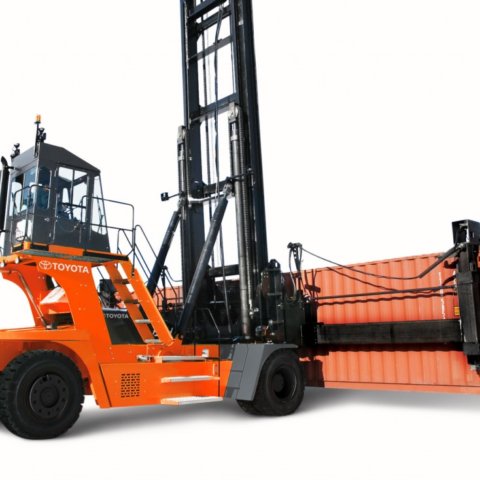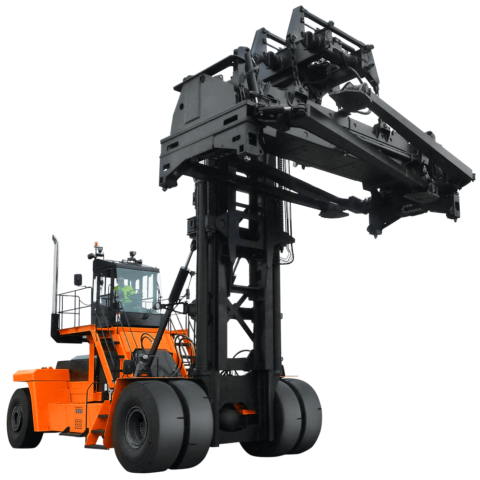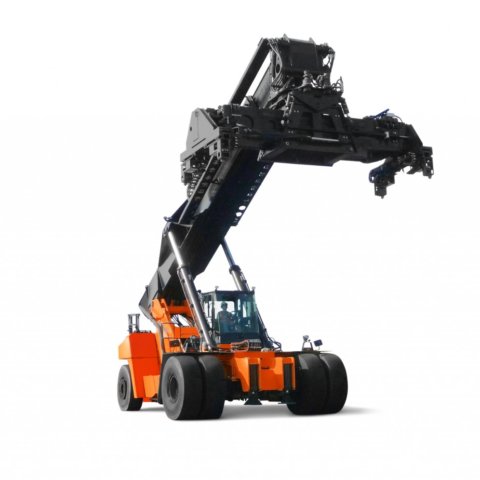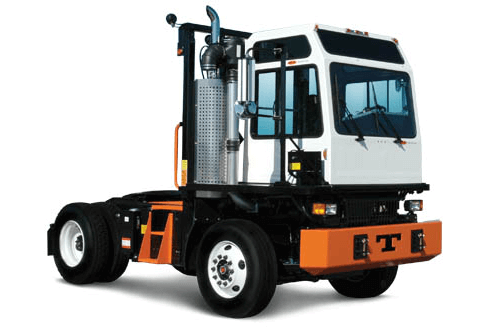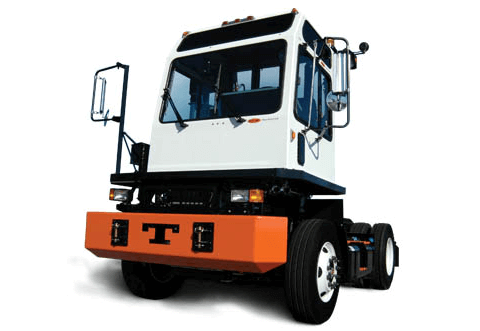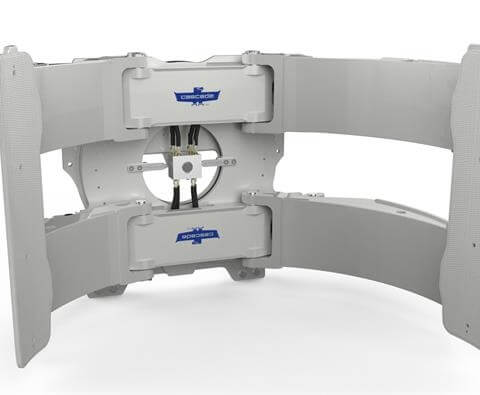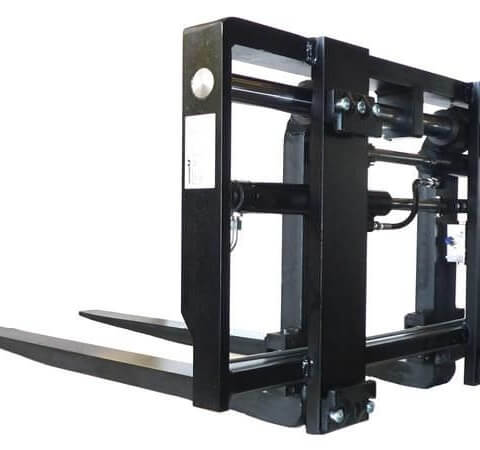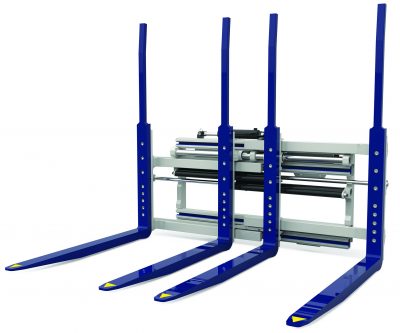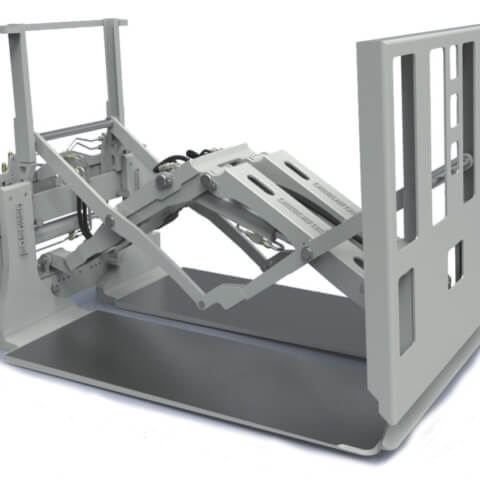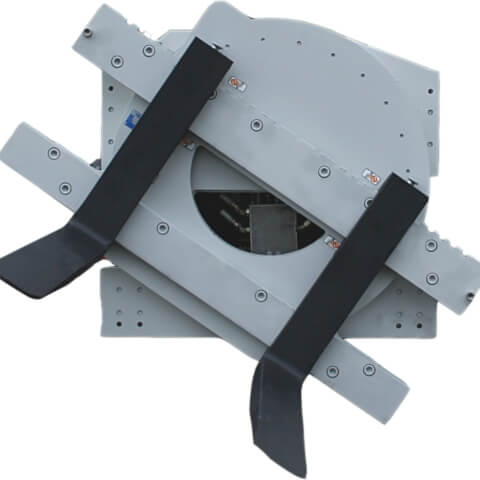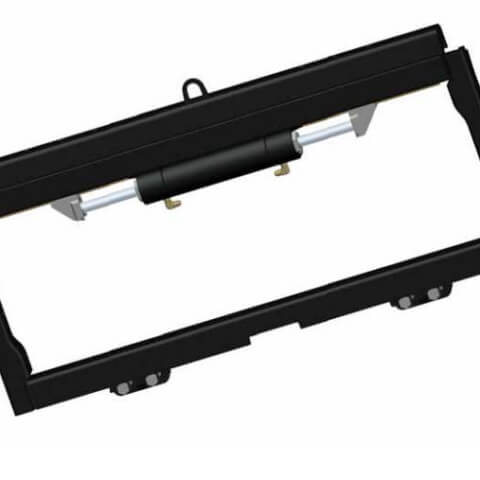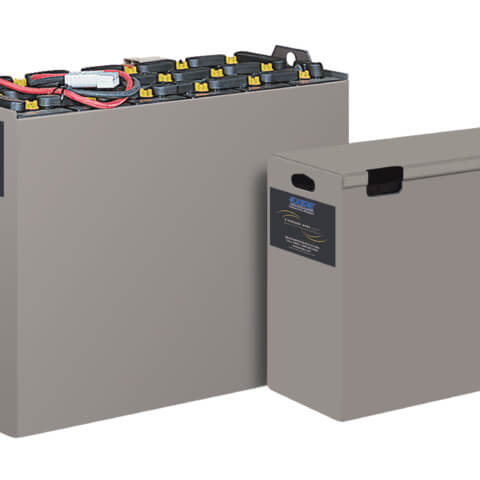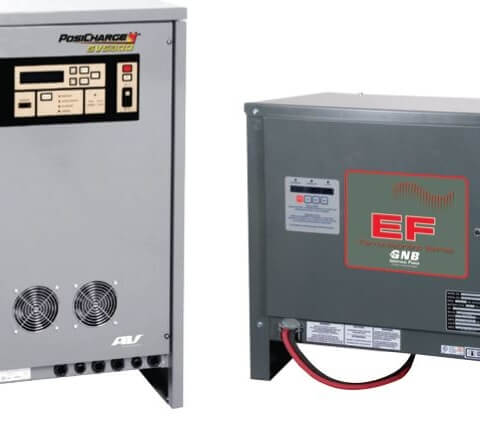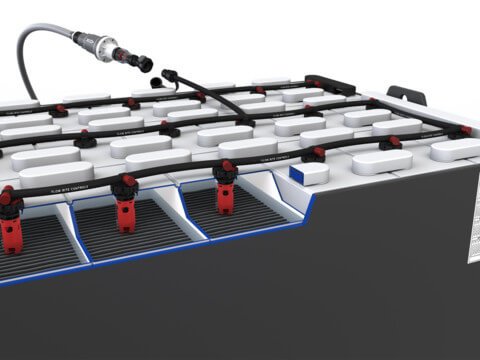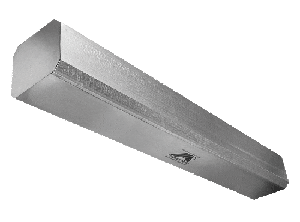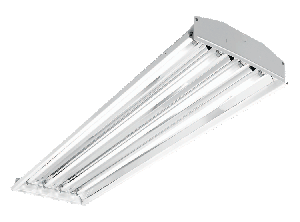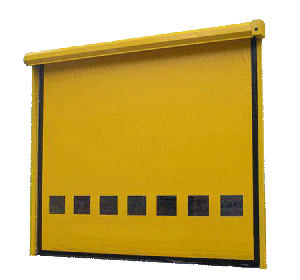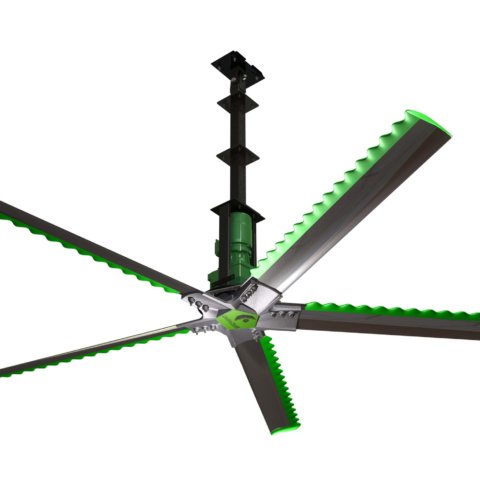 For several warehouses the storage area is a cluttered mess, serving as a dumping ground for any materials that aren’t immediately needed. Because one person doesn’t have ownership of the area, it can become difficult to locate specific items and even worse, a safety hazard for employees entering the area.
For several warehouses the storage area is a cluttered mess, serving as a dumping ground for any materials that aren’t immediately needed. Because one person doesn’t have ownership of the area, it can become difficult to locate specific items and even worse, a safety hazard for employees entering the area.
Forming the 5S Team
Tackling the project of organizing the storage area is overwhelming, but gathering a team to break up the steps will ease some of the tension. Members of the team should be selected based on their involvement with the items found in the storage area. For example, if office supplies are stored, the employee responsible for ordering and/or distributing them should be on the team.
Before the team touches any boxes, lead them through a walk-around of the area, asking them to note challenges and safety hazards. Take pictures of the area’s current state and encourage the team to set goals such as saving time to locate items. Finally, explain 5S by defining each step. The 5S Philosophy will assist your team with initial clean-up efforts, ending results and plans for sustainability.
What is 5S?
5S: Sort
To sort is to eliminate unused items, which improves safety and creates space. This step also addresses costs associated with lack of storage space, unnecessary motions by associates and acquisition of products.
Have your team classify the types of items in the area. What belongs in the space versus what needs to be relocated? Can items be trashed, repurposed or donated?
If you’re not sure if the item should be kept or discarded, tag the item with the date of last use and determine when it should be removed from the area if it continues to be unused.
5S: Set In Order
To set in order, or systematize, is to systematically organize items in the warehouse. This step allows us to improve work flow, minimize the search for items, minimize clean up time and recognize abnormalities.
Determine which items are used most often and give them a prime location that allows easy access to associates entering the area. Group similar items together or create space for your various departments in the company. Mark off a specific spot for every item and then label that space. The placeholder will ensure the team doesn’t put an incorrect item in place or knows when something missing.
Once your flow is permanent, use three fixes: fixed location, fixed item and fixed quantity.
5S: Shine
To shine is to clean and inspect the area for problems. The goal is to maximize the capabilities of associates and equipment by identifying the abnormal and preventing mistakes or re-work. This step also assists the team to eliminate injuries, equipment breakdowns and lost time.
Once the team has agreed on what belongs in the area and makes its placeholder, it is time to clean. Look for potential safety hazards and hard to read labeling. This is also a great opportunity for the team to commit to keeping equipment in top condition for efficiency.
Consider using storage bins for smaller items to prevent loss. Keeping a clean area helps associates spot problems quicker and instills a sense of pride.
5S: Standardize
To standardize is to ensure all associates follow the higher standards for safety, productivity and quality. Like the steps of set in order and shine, standardizing continues the awareness of abnormalities in the warehouse. It becomes more difficult for the team to keep unnecessary items and decreases training efforts for new associates.
For every item with a placeholder, develop its standard. For example, does it have a maximum or minimum total? Should it be on a maintenance schedule? Is there a best practice that should be put into place? Establish rules for PPE, cleanliness and the three fixes.
Place the standards and work instruction in a highly visible location so employees entering the area are aware of the expectations. As a team, create audit schedules to confirm compliance.
5S: Sustain
To sustain is to do it right the first time, every time. A culture develops where the associates perform without reminders.
The hardest part of the task is flipping the thought of “project” to “every day.” The team worked hard to clean up the warehouse storage area and should not be expected to do it 3 months later. Ask the team to determine: are the standards reasonable? Who will be responsible for looking over the area and how often? If an item is out of place, who will be responsible to correct it?
Starting a 5S Project
Like anything new, beginning a warehouse 5S project has good intentions but can lose steam due to the time it takes to complete it. Bring success to your project by designating a particular day and time of the week for the team to meet. Work in shorter bursts of time to keep energy up and allow team members to return to their other responsibilities.
At the conclusion of the project, ask the team to revisit the goals they mentioned prior to starting. Display pictures of before and after, reminding your team and other employees of the efforts made. Each 5S project helps your associates to form good habits and develop discipline, which inspires continuous improvement in other areas of your business.
ProLift is a full-service material handling and forklift dealer serving customers in Indiana, Kentucky, Ohio, and West Virginia. We specialize in new, used and rental equipment, service, parts, warehouse solutions and safety training.
Contact ProLift
